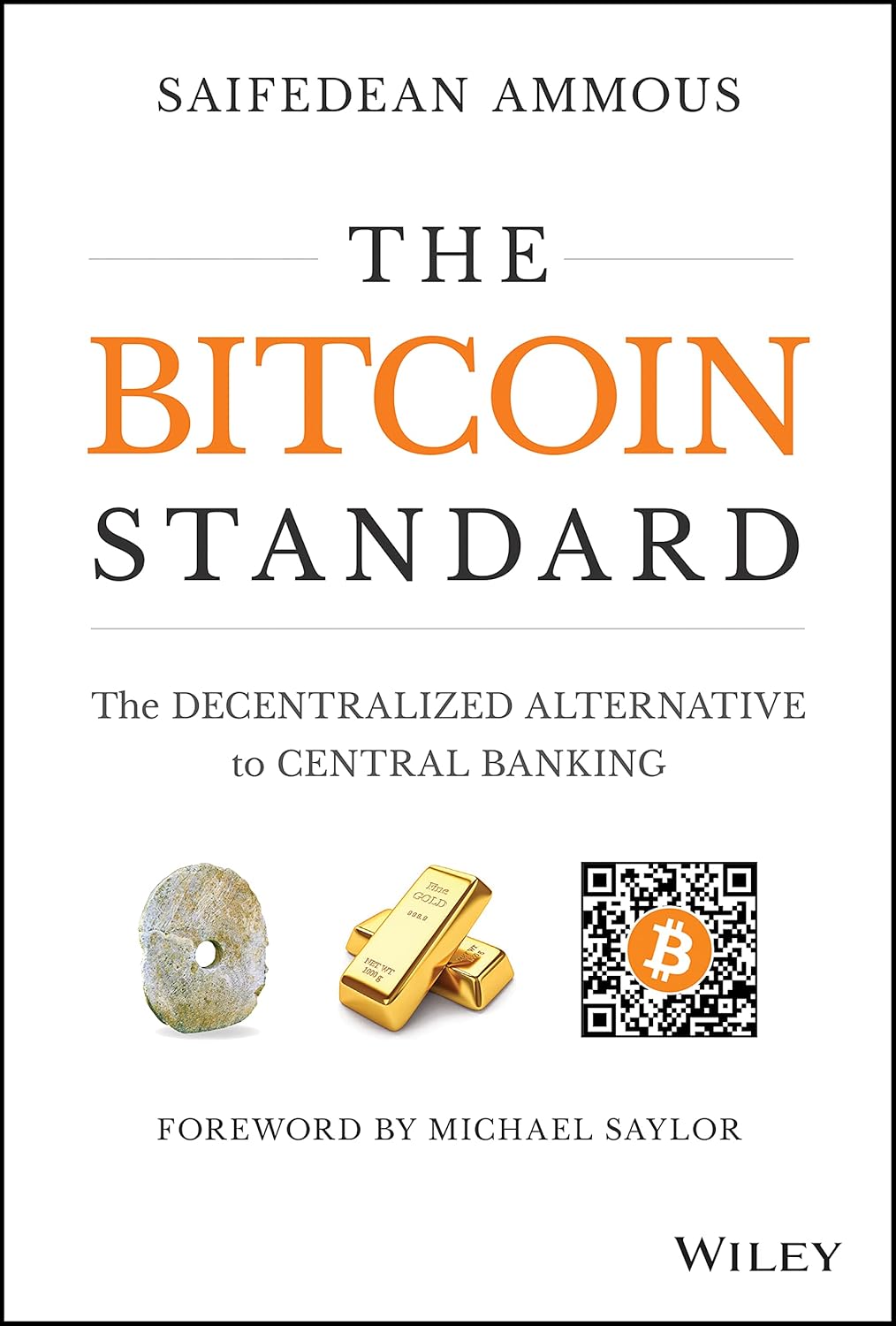Having recently delved into “The Bitcoin Standard” by Saifedean Ammous, I feel compelled to share my thoughts on this compelling treatise that explores Bitcoin’s emergence as a revolutionary form of money. As someone who is keenly interested in economics and the evolution of financial systems, I was intrigued by the book’s promise to provide a comprehensive exploration of Bitcoin and its place in monetary history.
At its core, “The Bitcoin Standard” serves as both an introduction to Bitcoin and a historical account of money itself. The book starts with the humble beginnings of currency, from primitive trading systems with shells and stones to the gold standard and the convoluted network of modern fiat currencies. I was fascinated by how Ammous contextualizes Bitcoin within this historical framework, arguing that the issues it seeks to address—such as the reliable transfer of value—are as old as humanity itself.
One of the standout elements of the book is Ammous’ ability to weave complex economic concepts into a narrative that’s accessible and engaging. Many readers, like MBS, highlight how the book can transform even a basic understanding of finance into a deeper comprehension of money’s meaning and value. This clarity of thought paired with historical narratives makes reading the book feel almost like receiving an intellectual upgrade in understanding how our monetary system operates.
Additionally, the book argues that Bitcoin, with its decentralized framework, presents a viable alternative to central banks, effectively liberating individuals from the confines of fiat currency systems. This idea resonates strongly with readers who yearn for financial independence, a point I found compelling, as it opens up discussions on modernity and economic sovereignty.
However, as much as I appreciated the book’s insights, I felt there were drawbacks, echoing sentiments shared by other readers. Some, like Jaron, point out that the book can be repetitive, especially in the latter chapters. I noticed a tendency for Ammous to reiterate key points a bit too often, which sometimes detracted from the pacing. While the detailed examination of sound and unsound money is crucial, a more concise approach could have kept the momentum going more smoothly.
Another criticism I encountered, which I also had to reconcile with my reading, was Ammous’ penchant for veering off-topic into critiques of historical economic figures like John Maynard Keynes. While it’s important to challenge established ideas, I felt these digressions sometimes distracted from the central thesis of the book. A few readers, such as R L, expressed frustration over the author’s focus on what they deemed irrelevant details, arguing that it took away from the primary focus of understanding Bitcoin and its potential implications.
Despite these drawbacks, “The Bitcoin Standard” does an excellent job of sparking important conversations about the future of money. Readers seeking to understand Bitcoin’s fundamental principles will find it an insightful resource, as reflected in the positive reviews. It impressively analyzes the ramifications of adopting a decentralized digital currency on societal structures, capital accumulation, and even cultural production.
In conclusion, I wholeheartedly recommend “The Bitcoin Standard” for anyone curious about Bitcoin and its historical and financial contexts. It has enriched my understanding of money on multiple levels, blending economics with the evolution of society. Although it suffers from some repetition and occasional digressions into less relevant critiques, the educational value and insights shared make it a worthwhile read. Whether you are a complete novice or semi-aware of Bitcoin’s significance, this book will deepen your perspective on finance and currency in the digital age.
Overall, it receives a solid ⭐⭐⭐⭐½ for its informative yet engaging exploration of Bitcoin and its potential to reshape our monetary future!








